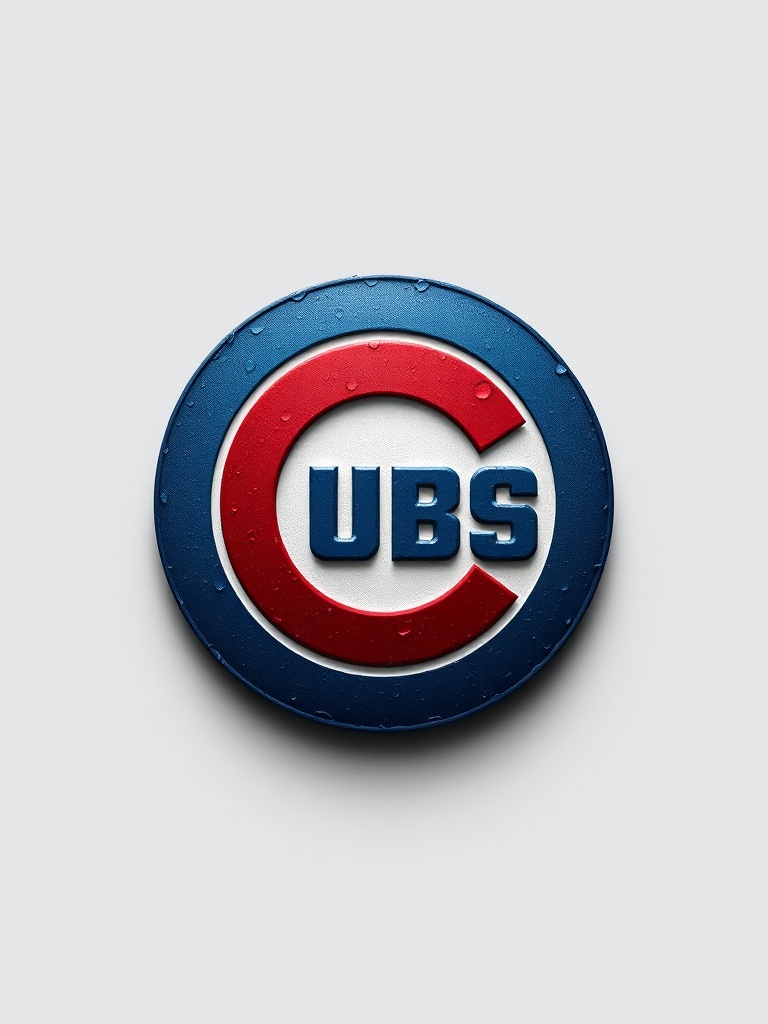The Chicago Cubs remain one of the most compelling stories in baseball, balancing a passionate fanbase, iconic ballpark traditions, and a roster shaping up around a blend of veteran leadership and emerging talent. Whether you follow game-by-game results or track long-term roster-building moves, there are several angles that keep the Cubs in the conversation.
Wrigley Field and fan experience
Wrigley Field continues to be the heartbeat of the Cubs experience. The ivy-covered walls, hand-operated scoreboard, and rooftop seats preserve a nostalgic charm that many fans travel across the country to see. Recent upgrades have focused on improving sightlines, concessions, and year-round fan amenities while preserving historic character.
Game nights still deliver the shared rituals—seventh-inning stretches, call-and-response chants, and the unmistakable skyline views—that make attending a Cubs game about more than the box score.
Roster construction: veterans meet prospects
The front office has emphasized a mixture of experienced players and younger homegrown pieces. Veteran leaders provide clubhouse stability and help set expectations for development, while a deeper farm pipeline offers high-upside options to shore up pitching and infield depth. Expect continued investment in starting pitching development and bullpen depth, with player development plans tailored to each prospect’s strengths.

Pitching and analytics focus
Pitching development remains a priority, with an emphasis on fastball command, spin efficiency, and leveraging metrics that translate to real-game performance. The organization has adopted a modern approach to workload management and uses technology—such as advanced tracking and biomechanical evaluation—to reduce injury risk and maximize effectiveness. On offense, the club leans into launch-angle principles and plate discipline approaches that balance power with on-base production.
Player highlights and role players
Impact comes not only from marquee names but also from role players who can change a lineup or stabilize late-inning situations. A productive middle infield, timely outfield defense, and a reliable closer can swing close games. The team’s depth gives managers flexibility to mix lineups, platoon players when advantageous, and protect young hitters from extended slumps.
Prospect pipeline and trades
Scouts and analytics work in tandem to identify prospects ready to contribute at the major-league level.
Trades and targeted free-agent moves are used to address immediate roster needs without gutting the farm system.
Watch for INF/OF versatility from top prospects and incremental upgrades to the pitching staff that could be the difference in tight divisional races.
Community and brand
The Cubs are a civic institution in Chicago, heavily involved in youth programs, local partnerships, and community outreach. That engagement reinforces fan loyalty and keeps the club culturally relevant beyond the wins and losses. Social media and digital content strategies continue to expand reach, offering behind-the-scenes access and storytelling that deepen the fan connection.
What to watch
– Player development milestones: which prospects earn call-ups and stick on the roster.
– Pitching staff health and depth, especially early-season workloads.
– Roster moves that indicate a push for contention or a strategic reset.
– Innovations at Wrigley Field that enhance fan experience without sacrificing tradition.
For anyone tracking the Cubs, the dynamic mix of tradition and modern baseball strategy makes following the team rewarding.
Whether you’re a longtime season-ticket holder or a newer fan tuning in for the first time, there’s always something to watch, debate, and celebrate about Chicago Cubs baseball.